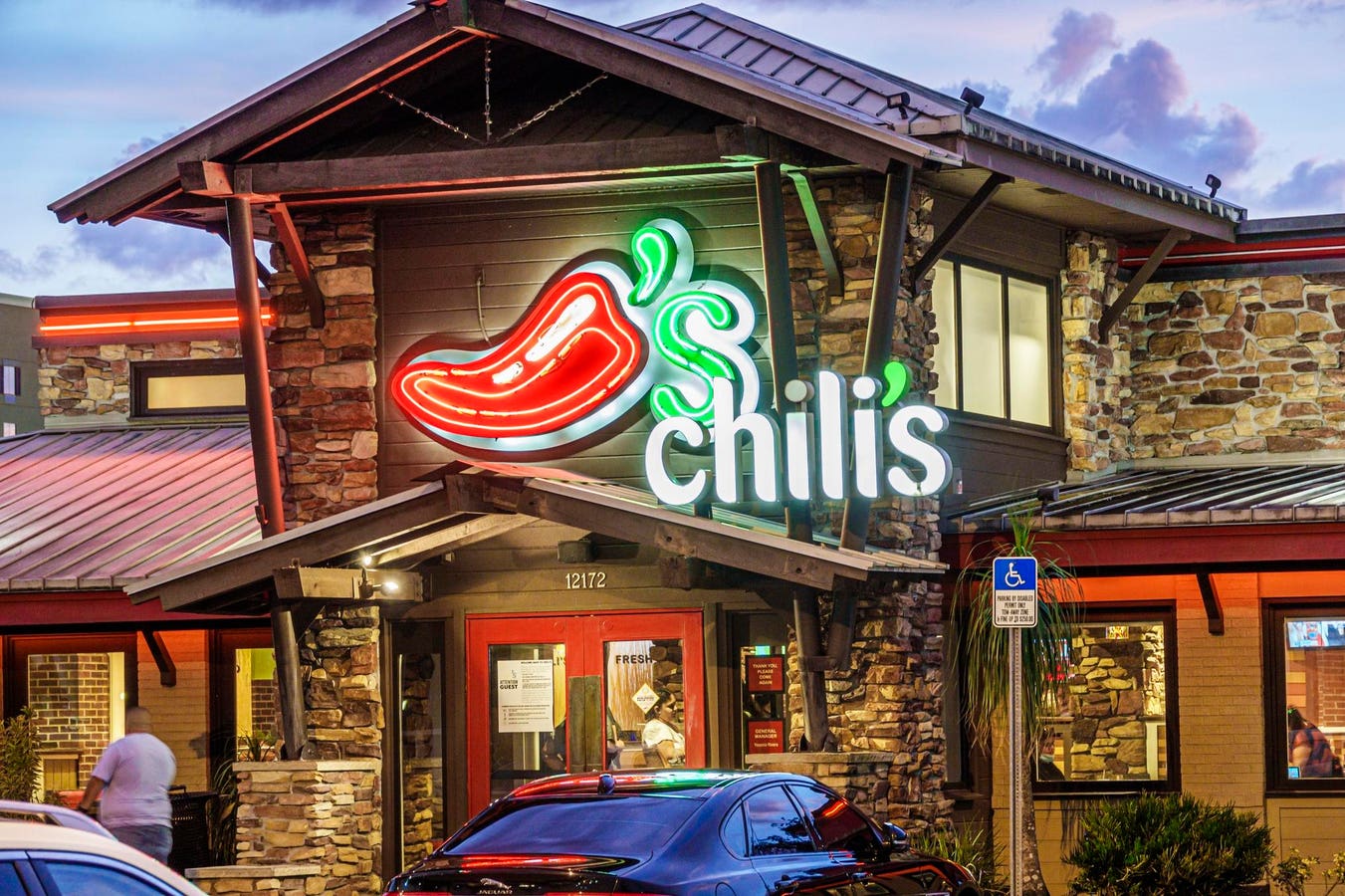Casual dining chain Chili’s recently reported a standout quarter, with same-store sales up 15 %, a success that a CNBC report attributed to two particularly effective campaigns: one value-based, and the other, TikTok. However, Kevin Hochman, CEO of Brinker International, which owns Chili’s, told the publication that the bump is a result of an 18-month turnaround plan rather than a social media lightning strike.
The chain outperformed its major competitors, Applebee’s and Outback Steakhouse, and the numbers blew by the predictions of even bullish analysts in an economic environment where dining out is a luxury because some consumers are pulling back.
Mr. Hochman told CNBC that Chili’s ad campaign around its $10.99 Big Smasher meal accounted for 60% of the reported growth. The campaign touts the value meal as a higher-quality, more affordable alternative to Chili’s competitors, particularly those in fast food. Mr. Hochman ascribed 40% of the gain to the chain’s Triple Dipper deal going viral on TikTok in May.
A search of the social media site reveals different types of content made around the offer—which consists of a choice of three appetizers and dipping sauces—ranging from individual in-restaurant reviews to mukbang (extreme eating) and ASMR eating content, to videos of Chili’s employees making jokes based the trend.
The view count for Triple Dipper-related content has exceeded 30 million, according to a Daily Dot article, which says that there no clear indication as to why the long-existing deal went suddenly viral.
With the trending Triple Dipper playing such a big role in Chili’s standout quarter it’s worth looking at how other recent social media virality has affected business? What might Chili’s be able to do with the wave of visibility?
Managing Mini-Bubbles Of Viral Excitement
A meme-driven business boom can be a double-edged sword, as Chili’s has already discovered, with CNBC reporting that the influx of first-time customers caused staffing issues.
One of the more dramatic, fairly recent examples of this downside is what Starbucks was experiencing a few years ago, with unrestrained mobile customization combined with a TikTok fad for obnoxiously baroque coffee drinks overloading baristas until some publicly lamented having to fill the orders, as Business Insider reported at the time. The trend paid off in the short term, if at the expense of the staff’s sanity, but the pull-back from buying pricey, intentionally over-ordered drinks could now be compounding the chain’s other woes.
On the other hand is McDonald’s, the recent, lucky recipient of social media attention. Last year the chain introduced a limited-edition purple milkshake branded around the 52nd birthday of the Golden Arches’ similarly shaded character. This “Grimace Shake,” caught on with TikTok and YouTube users, who took to making comical content—sometimes gory—which ascribed esoteric, sinister, and horrific properties to the berry-flavored concoction, playing off of the family friendliness of its doofy purple namesake. Tasting Table reported at the time about McDonald’s deftly navigating the trend—referencing it on Twitter (now X), rather than ignoring or trying to squelch the off-brand messaging.
Now a year later, with the shake off the menu and the viral madness faded, McDonald’s is briefly revisiting the trend. As part of the chain’s 50th U.K. anniversary celebration (and a few months after Grimace’s 53rd birthday), it is releasing the shake there for the first time, for one week only, according to the Mirror.
McDonald’s is trying to seed the memes this time, with an ad campaign by Leo Burnett that has Grimace personally responding to social posts. Whether or not this is the right move remains to be seen, but could have implications for how Chili’s—and any foodservice retailer that ends up a viral phenomenon, approaches the fleeting traffic.
You might say McDonald’s has, historically, more experience with limited-run offers than you could shake a stick at—or spill a shake on. Long before the Grimace’s purple, googly-eyed visage became the face of the must-have shake, McDonald’s had the Shamrock Shake; a beverage that still sends fans on a yearly pilgrimage to a restaurant they may not otherwise visit. While the organic origins and the off-color sensibility of the content make the Grimace phenomenon different, McDonald’s, over the long run, gets something about capitalizing on short bursts of customer enthusiasm and turning them into something reliable.
Whether McDonald’s campaign will backfire remains to be seen, but acknowledging a social media phenomenon as good for sprints rather than marathons adds up.
Chili’s, McDonald’s And The Art Of Maintaining Momentum
Starbucks’s viral appeal dragged on too long for the chain to handle, and the appeal of the chain didn’t last beyond the novelty. It shows the importance of trying to convert sustainable business outside of the bubble. McDonald’s may do better with viral attention just because fast food is built on being quick, bright, and grabbing attention. Chili’s is sort of in between the two, and coming off the short burst phase of its viral spike, should be trying to keep the audience that came in for a trial run. This may sync up with the other factor in Chili’s good quarter if we presume an ideal customer who shows up to make a video trying out the appetizer deal and is then wooed by the price and the quality of the Big Smasher.
It makes sense that a younger content creator audience might convert from trying out a restaurant for online likes to regularly visiting it for relatively low-priced casual dining. The age at which people are now TikToking was probably the age at which I was most likely to be found at a sit-down chain restaurant. They provided something to do and somewhere to sit. I’d imagine there’s a second, older demographic that might use places like that as a happy hour haunt after work, and then there are families, all of which appreciate low prices. The downside of the promotion, I think, is that while the casual dining Chili’s offers is a bit different from the fast-food competitors it seeks to smash with the Big Smasher, $10.99 isn’t really that cheap.
My instinct is that Chili’s spike of a quarter will be mostly anomalous, and that a slow, steady rise in its wake is what the chain should hope for. I think, to its credit, Chili’s may appreciate this, as it is maintaining a modest 2025 outlook.
That said, maybe, just maybe, now that it has trended, the chain can do it again. Launching something more limited than the infinitely-running appetizer deal to test out if Chili’s can again catch the viral eye of the TikToker might be worth a shot. If McDonald’s can get a second act abroad out of its counterintuitively-named mascot’s sudden fame with Gen Z, maybe Chili’s could run a deal that got picked up by the same set and induce a second bump, or even double dip on the Triple Dipper.
Expectations for something like that should be low, though. You really never know what’s going to go viral, and while crowds may be reliably mad, the shape the madness of crowds takes is a phenomenon far too volatile to depend on.
Chili’s had not responded to a request for comment at the time this article was published.
Read the full article here





